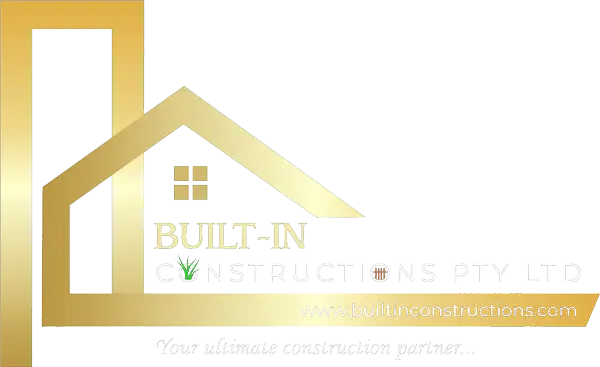Choosing the right fence for your property is about more than just marking boundaries—it’s about creating a balance between security, privacy, and aesthetic appeal. With so many options available, selecting the perfect fence can feel overwhelming. This guide will walk you through everything you need to consider to make an informed decision.
1. Determine Your Primary Purpose
Before selecting a fence, it’s essential to identify its main function. Are you looking for privacy, security, aesthetic enhancement, or a combination of these?
Privacy: Tall fences with little to no gaps, such as timber or vinyl panels, offer maximum privacy.
Security: Strong, durable materials like wrought iron or Colorbond steel provide excellent protection.
Aesthetic Appeal: Decorative fences, like picket or split-rail, can enhance the curb appeal of your home.
Tip: Prioritize your needs to narrow down your options effectively.
2. Understand the Different Types of Fencing Materials
Fencing materials come in various types, each with its benefits and drawbacks. Here’s a quick overview:
a. Timber Fences
Pros: Natural look, customizable, affordable.
Cons: Requires regular maintenance and may weather over time.
Best For: Homeowners seeking a classic, warm aesthetic.
b. Colorbond Steel
Pros: Highly durable, low maintenance, weather-resistant.
Cons: Limited customization in terms of shape.
Best For: Those looking for strength and a sleek, modern look.
c. Vinyl Fencing
Pros: Low maintenance, weather-resistant, long lifespan.
Cons: Higher upfront cost.
Best For: Homeowners who want a clean, modern appearance without significant upkeep.
d. Wrought Iron Fences
Pros: Sturdy, elegant, customizable.
Cons: Requires maintenance to prevent rust.
Best For: High-end properties seeking an elegant touch.
e. Chain-Link Fencing
Pros: Affordable, easy installation, durable.
Cons: Minimal privacy.
Best For: Functional needs like pet enclosures or property perimeters.
f. Composite Fences
Pros: Combines wood’s appearance with the durability of synthetic materials.
Cons: More expensive than traditional wood.
Best For: Homeowners looking for low maintenance with a natural wood look.
3. Factor in Local Regulations and Permits
Before installing a fence, it’s crucial to check with your local council regarding regulations. Some neighborhoods have height restrictions or specific material guidelines.
Tip: Ensure you comply with all zoning laws to avoid fines or the need to modify your fence after installation.
4. Consider the Climate and Maintenance
Your local climate plays a significant role in choosing the right fence. For example:
High Rainfall Areas: Opt for materials like vinyl or treated wood that resist moisture damage.
Hot, Sunny Climates: Choose materials that don’t fade easily, such as Colorbond steel or composite materials.
Maintenance Levels:
Low Maintenance: Colorbond steel, vinyl, and composite fencing require minimal upkeep.
High Maintenance: Timber and wrought iron need regular treatment or painting to stay in good condition.
5. Balance Your Budget with Quality
Fences vary widely in cost. While it might be tempting to go for the cheapest option, investing in high-quality materials can save you money in the long run by reducing repair and replacement needs.
Budget Tip: Get quotes from multiple contractors and ask about warranties on materials and labor.
6. Choose a Style That Complements Your Property
Your fence should blend seamlessly with the style of your home and landscape. For example:
Modern Homes: Sleek materials like Colorbond steel or glass panels.
Traditional Homes: Classic picket fences or wrought iron designs.
Rural Properties: Split-rail or post-and-rail fencing for a rustic look.
Aesthetic Tip: Incorporate matching elements like fence post caps, lighting, or decorative panels for added flair.
7. Add Special Features for Enhanced Functionality
Consider adding features that improve the functionality or appearance of your fence:
Gates: Automatic or decorative gates can add convenience and style.
Trellises: Attach trellises to encourage climbing plants for a natural, green look.
Noise Reduction Panels: Ideal for urban settings to block out traffic noise.
Conclusion
Choosing the perfect fence for your property involves assessing your priorities, budget, and style preferences, while also considering climate and maintenance needs. By understanding the different materials and planning ahead, you can select a fence that not only meets your needs but also enhances your property’s value and aesthetic appeal.
Ready to make your fencing project a reality? Contact Built-in Constructions for expert advice and high-quality installations that transform your home’s exterior.
